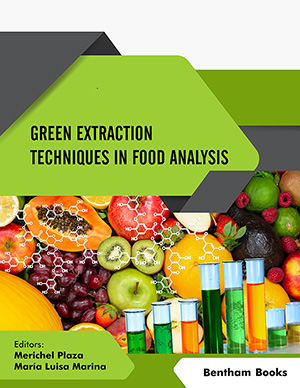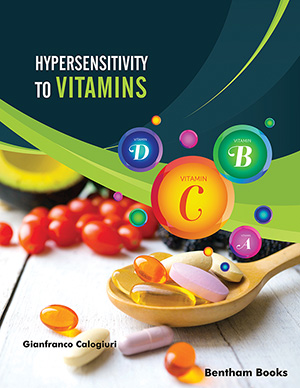Abstract
Background: Four leading commercial Indian honey brands were investigated using FTIR spectroscopy and principal component analysis for rapid and accurate differentiation of pure, mildly adulterated, and highly adulterated honey brand samples. We examined the ability of PCA on second derivative of FTIR data to descriminate between the pure and adulterated commercial honey brands.
Methods: This study is the first to investigate commercial Indian honey brands using FTIR and PCA. We show that the top two principal components could easily descriminate between the pure and adulteraated honey brands.
Results: Hence such methods can investigate adulterations in bulk commercial honey brand samples where sophisticated instrumentations and facilities are not available.
Conclusion: Thus, the potential of FTIR and PCA can be further explored for detecting the presence of adulterations in bulk honey samples without much cost and effort.
Keywords: Contamination, adulteration detection, fourier-transform infrared spectroscopy, honey quality, chemometrics, food analytical methods.
[http://dx.doi.org/10.1016/j.jfca.2019.04.001]
[http://dx.doi.org/10.1021/jf102940s] [PMID: 21087042]
[http://dx.doi.org/10.1016/j.foodchem.2016.08.105] [PMID: 27719903]
[http://dx.doi.org/10.1021/jf401912u] [PMID: 23844945]
[http://dx.doi.org/10.2754/avb201483S10S85]
[http://dx.doi.org/10.1080/19476337.2011.596576]
[http://dx.doi.org/10.1111/j.1750-3841.2009.01504.x] [PMID: 20492227]
[http://dx.doi.org/10.1016/j.foodres.2008.11.010]
[http://dx.doi.org/10.1016/j.foodres.2017.11.012] [PMID: 29433236]
[http://dx.doi.org/10.1201/b10777]
[http://dx.doi.org/10.3390/atmos11040319]
[http://dx.doi.org/10.1366/0003702814731851]
























